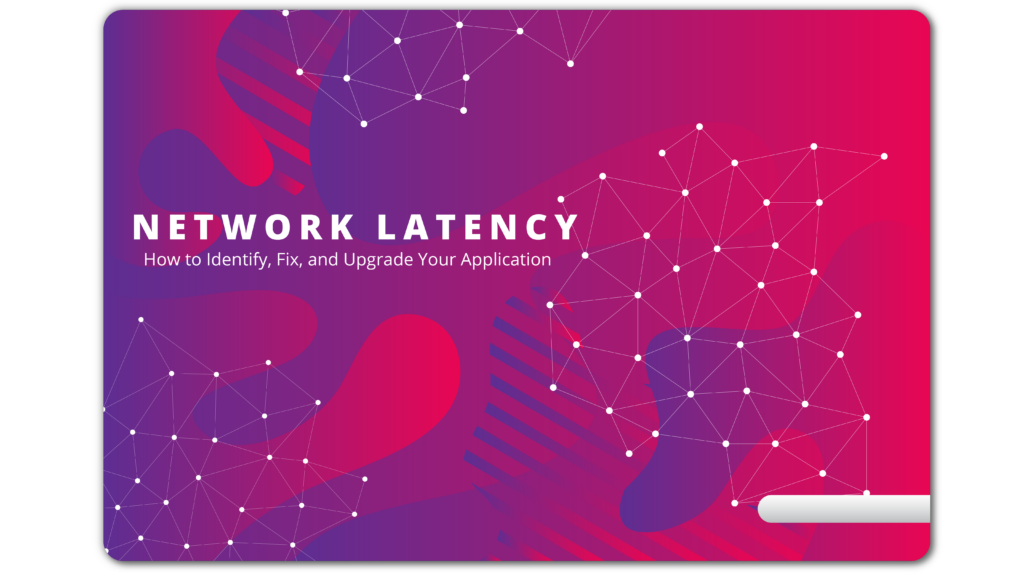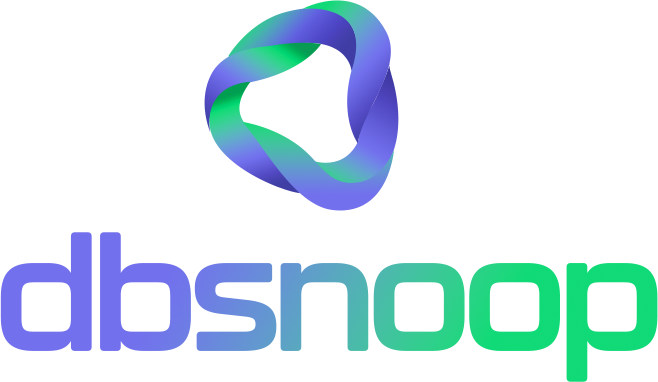

Why Talk About Network Latency?
If your application has ever felt slow for no apparent reason, chances are you’ve been a victim of network latency. This is one of the most overlooked problems in database troubleshooting and distributed systems.
Network latency directly impacts application response times, degrades query performance, and generates that classic feeling that “everything is slow,” even when CPU, memory, and storage look perfectly fine.
The most concerning part? In most cases, this problem doesn’t show up clearly in traditional monitoring tools.
Network Latency Is More Common Than You Think
Many teams waste hours — or even days — hunting for problems in the database, the application, or the infrastructure when, in reality, the root cause lies in the milliseconds lost over the network.
This type of latency arises in multiple scenarios: communication between instances in different cloud regions, queries traversing hybrid environments, database replications between geographically distant sites, or even internal communication between microservices.
The problem intensifies as the architecture grows. More nodes, more services, more network dependency.
Clear Signs the Network Is Sabotaging Your Performance
- Latency spikes at specific times.
- Unexplained degradation after moving to the cloud.
- Slowness in simple operations when triggered from certain sources.
- CPU, IOPS, and memory metrics look healthy, but response time remains high.
These are typical signals that the network is at the heart of the problem.

Why Traditional Tools Don’t Show This?
The big issue is that most tools focus on local resources — CPU, disk, memory, and connections.
The network is often relegated to generic charts or imprecise metrics that don’t directly associate latency with query or transaction behavior.
Without a contextualized view of the network within the application flow, troubleshooting becomes a lottery.
How to Detect Network Latency in Practice
The first clue appears when you cross metrics. For example, a query that runs locally in 20ms but takes 300ms when triggered by the application. That difference usually comes from the network.
Another indicator is performance fluctuation without any apparent workload change. When the same operation has drastically different response times in successive runs, chances are the network is fluctuating.
The dbsnOOp Flightdeck solves this blind spot by showing network latency directly associated with queries and processes. You don’t just see “it’s slow” — you see exactly where in the flow it happens — and whether the culprit is the network, the database, or the application.

Real Cases That Show the Impact of Latency
A fintech noticed that its nightly reconciliation processes doubled in execution time after moving part of its services to a different cloud region. The problem wasn’t in the code or the database, but in communication between geographically distant zones.
A SaaS company struggled with random latency spikes. The cause? Inefficient routing within the cloud itself, forcing traffic through unnecessary hops.
These problems were only solved when network latency started being monitored as an integrated part of the database and service performance analysis.
Fixing and Preventing Network Bottlenecks
- Map where the critical dependencies cross networks, zones, or regions.
- Assess whether traffic can be optimized by reducing calls, adopting caches, or intelligent replication.
- Consider moving services to regions that are geographically closer.
- Adopt observability that includes the network as part of the diagnosis.
With dbsnOOp Flightdeck, you detect latency and understand its real impact on query and application performance, enabling precise action.
Ignore the Network, Pay the Price in Downtime
Network latency isn’t a technical detail — it’s a critical factor for any modern architecture, especially in cloud, hybrid, or distributed environments.
Ignoring this means accepting that your application will underperform, lose users, increase costs, and remain vulnerable to incidents that could have been prevented.
If your operation has already suffered from this kind of problem — or if you want to get ahead of it — the path is clear: visibility. And the one providing that visibility in a practical, actionable, and database-oriented way is dbsnOOp Flightdeck.
Want to see how this works in practice? Book a meeting with our specialist or watch a live demo now.
Schedule a demo here.
Learn more about Flightdeck!
Learn about database monitoring with advanced tools here.
Visit our YouTube channel to learn about the platform and watch tutorials.


